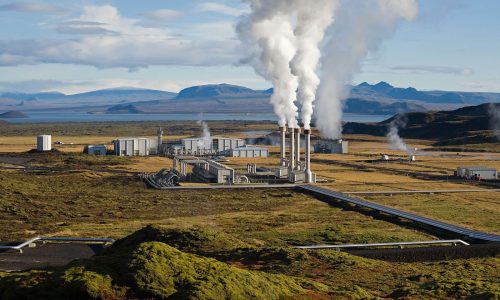State-owned toll road operator PT Jasa Marga Tbk (JSMR) allocates between IDR 8 and 10 trillion of Capital expenditure (Capex) in 2023 for land acquisition and the construction of 4 toll road sections in Java.
Established in 1978, Jasa Marga is responsible for the operation and maintenance of toll roads in Indonesia and has played a crucial role in Indonesia’s infrastructure and development. The company has been involved in many constructions of numerous toll roads and continues to work on new projects to help improve land connectivity especially in Java and Sumatra.
Lower Capex for 4 projects
According to a report from Trimegah Securities on January 30, 2023, the company’s 2023 Capex is larger than in 2022, which was between IDR 4 and 5 trillion. Jasa Marga has ongoing plans to continue its new toll road projects of the Yogyakarta-Bawen and Probolinggo-Banyuwangi sections. However, the 2023 Capex is still below the average annual Capex from 2017 to 2020, which was between IDR 17 and 20 trillion.
Jasa Marga Head of Corporate Communication and Community Development Group Lisye Octaviana said two other projects would include the Jakarta-South Cikampek II and the Surakarta-Yogyakarta-YIA (Yogyakarta International Airport) Kulonprogo sections.
“In managing the new toll road projects, which are targeted to be completed in stages for the 2022-2025 period, Jasa Marga is committed to achieve the optimal target and continue to control toll road construction activities by building it in stages,” she said as quoted by investor.id on January 31, 2023.
Octaviana explained that the Capex for 2023 and ahead would mostly depend on the progress of land acquisition and the construction of the four projects. The progress of the land acquisition will depend on the government’s budget allocation. The four sections of the trans Java toll road are part of the National Strategic Project (PSN).
The investments for the four projects consist of:
- Jakarta-South Cikampek II: 36.4 kilometers. Investment: IDR 13.3 trillion. It will be built through a government-to-business cooperation scheme (KPBU).
- Yogyakarta-Bawen: 71 kms. Investment: IDR 12.1 trillion.
- Surakarta-Yogyakarta-YIA Kulonprogo: 40 kms. Investment: IDR 16 trillion.
- Probolinggo-Banyuwangi: 170.4 kms. Investment: IDR 11.7 trillion.
According to Trimegah Securities Analyst Kharel Devin Fielim, Jasa Marga needs at least IDR 9 trillion in investments for the construction of several toll roads totaling 554 kms in the 2023-2027 period worth IDR 68 trillion. The projects are targeted to be completed in 2024.
The required Capex may decrease due to a re-tendering process in the Gedebage-Tasikmalaya-Cilacap (Getaci) toll road project. The re-tendering is due to Jasa Marga, as the leader of the consortium with a 32.5% stake, disagreed with the project.
Risks in road infrastructure
There are four risks in road infrastructure in Indonesia:
Project delays: Project delays can be a major risk for Jasa Marga. The company may face challenges in acquiring land, securing permits or executing construction on time. These would lead to delays in project completion and revenue generation as well as in higher costs and lower profitability.
Financing: Financing is a critical component of the toll road operator’s business model. Jasa Marga may face challenges in securing sufficient funding to execute its toll road projects, particularly due to the large Capex. Interest rate fluctuations and changes in credit ratings can also affect the cost and availability of financing.
Maintenance costs: Toll roads can be a high ongoing cost for Jasa Marga. The company may face higher maintenance costs as its toll roads age and require repairs, upgrades or rehabilitation. Additionally, toll roads can be affected by extreme weather events, natural disasters or other factors.
Natural disasters: Natural disasters, such as floods, earthquakes and typhoons, can disrupt Jasa Marga’s toll road operations. They can cause damage to infrastructure and result in higher maintenance costs. Additionally, natural disasters can affect toll road services as travelers prefer alternative modes of transportation during and after a disaster.









